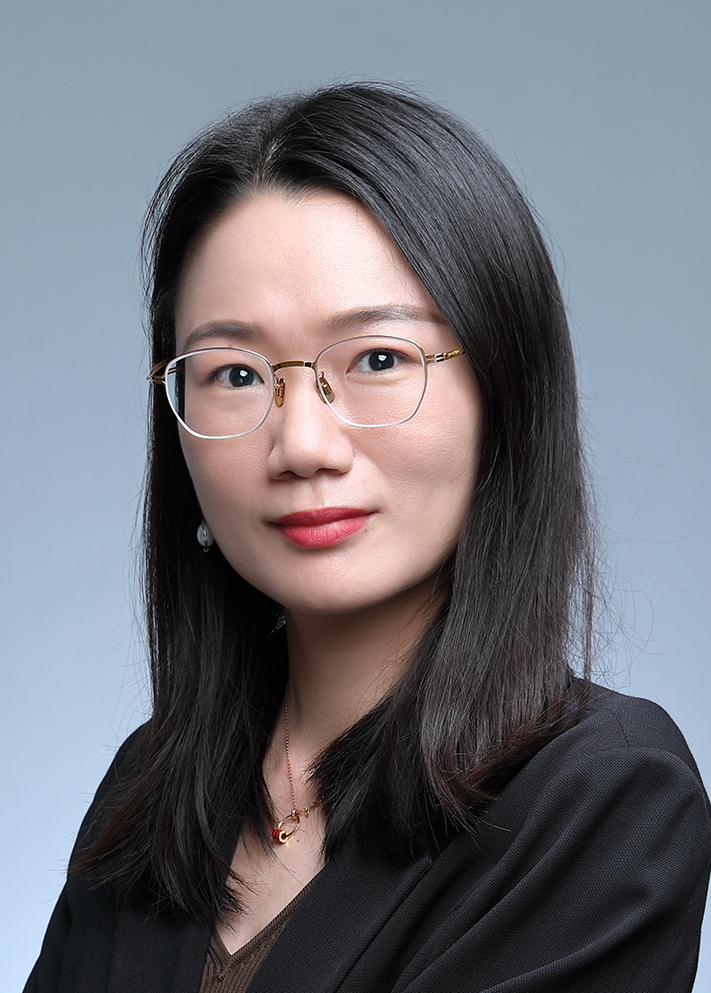
个人信息简介
姓名:刘兰芳 学历:博士 职称:副教授 电子邮箱:liulanfang21@bnu.edu.cn
湖南永州人,现任北京师范大学文理学院心理系副教授,博士生导师。主持并完成国家自然科学基金青年基金项目1项、省部级课题1项,在《Cerebral Cortex》《neuroimage 》等刊物发表学术文章十余篇。
教育背景
2012.09 - 2018.06:北京师范大学,认知神经科学与学习国家重点实验室基础心理学专业,理学博士 (硕博连读)
2016.12 - 2017.12:德国马克思普朗克人类发展研究所,博士联合培养 (国家留学基金委资助)
2007.09 - 2011.06: 哈尔滨师范大学,地理科学,理学学士
工作经历
2023.01 - 至今:北京师范大学文理学院心理系,副教授
2021.09 - 2022.12:北京师范大学文理学院心理系,特聘副研究员
2018.09 - 2021.06: 中山大学心理系,博士后
研究方向
基础心理学/认知神经科学。运用认知行为实验、脑成像技术(MRI)和自然语言处理(NLP), 探究人脑如何表征和处理自然情境下的言语信息,为人工智能提供类脑启发;复杂社会网络中,认知系统对信息传播的门控作用及其神经起源。
科研项目
1. 2020.01 - 2022.12,国家自然科学基金青年科学基金项目,基于“双脑”范式的老年人口语理解能力衰退神经基础研究, 主持(项目号:31900802)
2. 2021.09 – 2024.08,北京师范大学珠海校区引进人才工作运行和科研启动项目,主持 (项目号: 310432101)
3. 2019.05 - 2021.09,第65批中国博士后科学基金面上资助,主持 (项目号:217932)
发表论文 (*为通讯或共同通讯作者)
1. Tang, X., Zhang, J., Liu, L*., Yang, M., Li, S., Chen, J., ..., & Ding, G*. (2023). Distinct brain state dynamics of native and second language processing during narrative listening in late bilinguals. NeuroImage, 280, 120359.
2. 蒋嘉浩,赵国钰,马英博,丁国盛,刘兰芳* (2023), “语义在人脑中的分布式表征:来自自然语言处理技术的证据”,心理科学进展,31(6):1002-1019.
3. Liu, L., Li, H., Ren, Zh., Zhou, Q., Zhang, Y., Lu, CH., Qiu, J., Chen, H.*, & Ding, G*. (2022). The “two-brain” approach reveals the active role of task- deactivated default mode network in speech comprehension. Cerebral Cortex, 32(21):4869-4884.
4. Zhang, J., Zhuang, L., Jiang, J., Yang, M., Li, S., Tang, X., ...Liu,L* & Ding, G*. (2022). Brain fingerprints along the language hierarchy. Frontiers in Human Neuroscience, 16, 982905.
5. Li, H., Marks, R. A., Liu, L., Feng, X., Zhang, M., Ai, F., ... & Ding, G*. (2022). The selective contributions of right cerebellar lobules to reading. Brain Structure and Function, 1-15.
6. Liu, L., Ding, X., Li, H., Zhou, Q., Gao, D., Lu, Ch., & Ding, G.* (2021). Reduced listener-speaker neural coupling underlies speech understanding difficulty in older adults. Brain Structure & Function, 226(5):1571-1584.
7. Zhang, J., Liu, L.,Li. H., Feng, X., Zhang, M., Liu,L., Meng,X., & Ding, G*. (2021). Large-scale network topology reveals brain functional abnormality in Chinese dyslexic children. Neuropsychologia. 157(4):107886.
8. Mao,J., Liu,L., Kyle, P., Cao, F*.(2021). Poor reading is characterized by a more connected network with wrong hubs. Brain and Language, 2021, 220(2021).
9. Kim, S. Y., Liu, L.,Liu, L., & Cao, F*. (2020). Neural representational similarity between L1 and L2 in spoken and written language processing. Human Brain Mapping, 41(17), 4935-4951.
10. Liu, L., Zhang, Y., Zhou, Q., Garrett, D. D., Lu, C., Chen, A., Qiu, J.*, &Ding, G*. (2020). Auditory–Articulatory Neural Alignment between Listener and Speaker during Verbal Communication. Cerebral Cortex,30(3), 942-951.
11. Liu, L., Yan, X., Li, H., Gao, D.*, & Ding, G*. (2020). Identifying a supramodal language network in human brain with individual fingerprint. NeuroImage, 220, 117131.
12. Liu, L., Yan, X., Liu, J., Xia, M., Lu, C., Emmorey, K., Chu, M.*, & Ding, G*. (2017). Graph theoretical analysis of functional network for comprehension of sign language. Brain Research, 1671, 55-66.
13. Liu, L., Li, H., Zhang, M., Wang, Z., Wei, N., Liu, L., Meng, X.*, & Ding, G*. (2016). Aberrant topologies and reconfiguration pattern of functional brain network in children with second language reading impairment. Developmental Science, 19(4), 657-672.
教学工作
本科生: 主讲课程《认知神经科学》,《认知心理学》